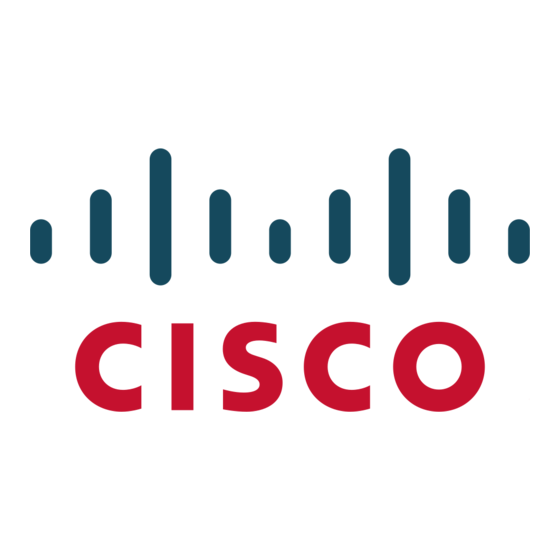Cisco C-series Nexus 5010 Datenblatt - Seite 6
Blättern Sie online oder laden Sie pdf Datenblatt für Schalter Cisco C-series Nexus 5010 herunter. Cisco C-series Nexus 5010 23 Seiten. Replacing an i/o module nexus 5000 series
Auch für Cisco C-series Nexus 5010: Spezifikationen (3 seiten), Freigabemitteilung (26 seiten), Freigabemitteilung (3 seiten), Handbuch (11 seiten), Hardware-Installationshandbuch (19 seiten)

attaches to directly connected FCoE and Fibre Channel storage devices and, as FCoE-enabled switching
becomes available across the data center, will support multi-tiered unified network fabric directly over FCoE.
Energy efficiency achieved through the use of the Cisco Nexus 5000 Series Switches helps data centers
●
operate within their space, power, and cooling parameters while reducing their carbon footprints. Every
network link at the rack level requires adapters, switches, and transceivers, all of which consume power. I/O
consolidation reduces energy consumption by eliminating the need for separate Fibre Channel adapters,
cables, and switches. In many cases, server cluster networks also can be consolidated onto 10 Gigabit
Ethernet networks, especially given the low latency of the Cisco Nexus 5000 Series. The switch hardware is
also designed for energy efficiency. Variable-speed fans consume only the amount of power necessary to
cool the chassis at the given point in time. The switch power supplies are sized to support worst-case
scenarios, in which inefficient SFP+ transceivers increase power draw; however, when low-power cabling
solutions are deployed, the switch family's power supplies maintain 90 percent efficiency at only 25 percent
utilization, making efficient use of power in best-case scenarios.
Consistent management for Cisco products is provided through consistency of both Cisco NX-OS Software
●
and Cisco MDS 9000 SAN-OS Software management models and tools. The switch family network features
can be managed using the Cisco command-line interface (CLI), and the Fibre Channel and FCoE features
can be managed through the Cisco Fabric Manager suite. In a future release, Cisco Data Center Network
Manager (DCNM) will support the Cisco Nexus 5000 Series Switches. The capability to manage Ethernet and
FCoE features independently with existing Cisco tools preserves existing management models, best
practices, and investments in staff training. In addition, Simple Network Management Protocol (SNMP) MIBs,
XML, and the Cisco CLI are made available to customers for switch management through third-party and
custom-developed tools. The switch family uses Cisco NX-OS for superior operational efficiency, pervasive
security, and continuous operation even through software upgrades.
Software manageability and serviceability features include Smart Call Home and automated parameter
●
exchange (through DCBX). Security is enhanced through role-based access control (RBAC); support for
authentication, authorization, and accounting (AAA), remote TACACS+, and RADIUS servers; and Secure
Shell (SSH) access.
Applications
The Cisco Nexus 5000 Series supports a number of application scenarios that use it as an access-layer switch co-
located with servers in data center racks or for middle-of-row deployments.
As an access-layer switch, it can be used purely as a 10 Gigabit Ethernet switch, consolidating 10 Gigabit
●
Ethernet connections into a smaller number of server connections trunked to the aggregation layer.
In conjunction with the Cisco Nexus 2148T Gigabit Ethernet Fabric Extender, the Cisco Nexus 5000 Series
●
can be a high-density Gigabit Ethernet switching system, consolidating more than 576 Gigabit Ethernet
connections within a single management plane.
As a rack-level I/O consolidation platform, the switch carries Ethernet traffic from servers to the aggregation
●
layer and carries FCoE traffic to existing Fibre Channel SANs.
As a crucial element in data center I/O consolidation, the switch enables I/O consolidation at the access layer
●
and provides interoperability with the Cisco Nexus 5000 Series and other standards-based products.
The capability of the Cisco Nexus 5000 Series to function in all these capacities helps protect investment in the data
center with a deployment model in which additional features can be enabled as they are needed.
© 2009 Cisco Systems, Inc. All rights reserved. This document is Cisco Public Information.
Data Sheet
Page 6 of 22
